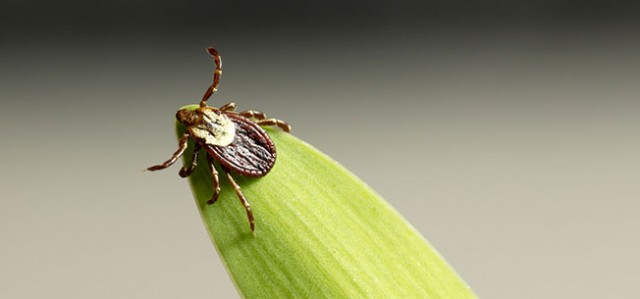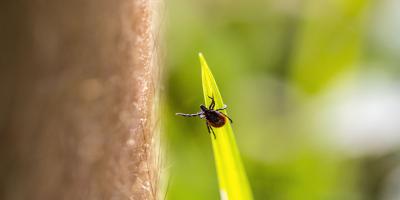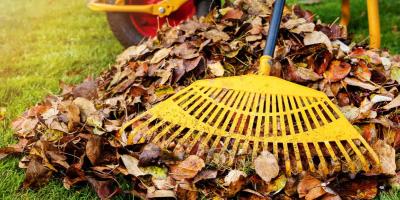The Life Cycle of Ticks

These tiny pests can put a huge damper on an otherwise amazing summer day. Nothing can cause panic quite as much as running your fingers through your hair only to feel one of these minute pests firmly burrowed into your skin. Though ticks compete with mosquitoes for the summer’s biggest nuisance award, they only pose a threat during specific times of the season here in New England
They are, at the end of the day, a biological entity with a finite lifespan and a life cycle. We’ve compiled a short field guide into the hidden lives of ticks.
Humble Beginnings, From Egg To Larvae
Ticks emerge from eggs, laid by females, during the spring months. At this larval phase, ticks must find a host quickly, as blood is the only form of sustenance available to them. Statistically, most ticks do not make it past this stage, with many of them failing to find a host before they die from malnutrition. This is the reason that female ticks typically lay thousands of eggs at one time. These very small, six-legged ticks primarily feed on smaller hosts such as mice, birds, and small amphibians.
A Grand Quest, The Nymph Phase
Ticks aren’t the most inherently mobile of insects. In fact, ticks cannot fly or jump, counter to what old wives' tales state about them. Instead, ticks move quickly afterbirth to elevated surfaces, like tree branches, twigs, and blades of grass. Here, they wait for a host to pass by and then latch on in hopes of feeding, a process known as "questing." Ticks have the ability to detect carbon dioxide given off from respiration in mammals, as well as body heat and, in some species, even shadows. Ticks also aren't very discerning when it comes to choosing a host, and so will feed on mammals, reptiles, avians, and amphibians. After their first meal, they fall back to the ground, shed their outer exoskeleton, and quest for an even larger host. This is repeated until they are adults.
The Culmination Of A "Full" Life
After their third and final meal, ticks are finally ready to reproduce. After engorging themselves on a large host, ideally a mammal like a moose or human, they drop to the ground a final time and lay their eggs in batches of thousands before dying of "old" age, typically around three years. Then, the whole process begins again.
If the feeding on your blood isn't bad enough, ticks are notorious carriers of disease, namely Lyme disease, which can cause a lifetime or problems for those who aren't quickly diagnosed and treated. The riskiest times of year to humans are during the spring and fall, though ticks are active year round. Sure, you might be inclined to stay inside after reading this article, but now you at least know the life cycle of a tick.
However, if you prefer to spend the summer months enjoying a tick-free yard, there isn’t a better time to contact the Professionals at JP Pest Services for a free estimate.



